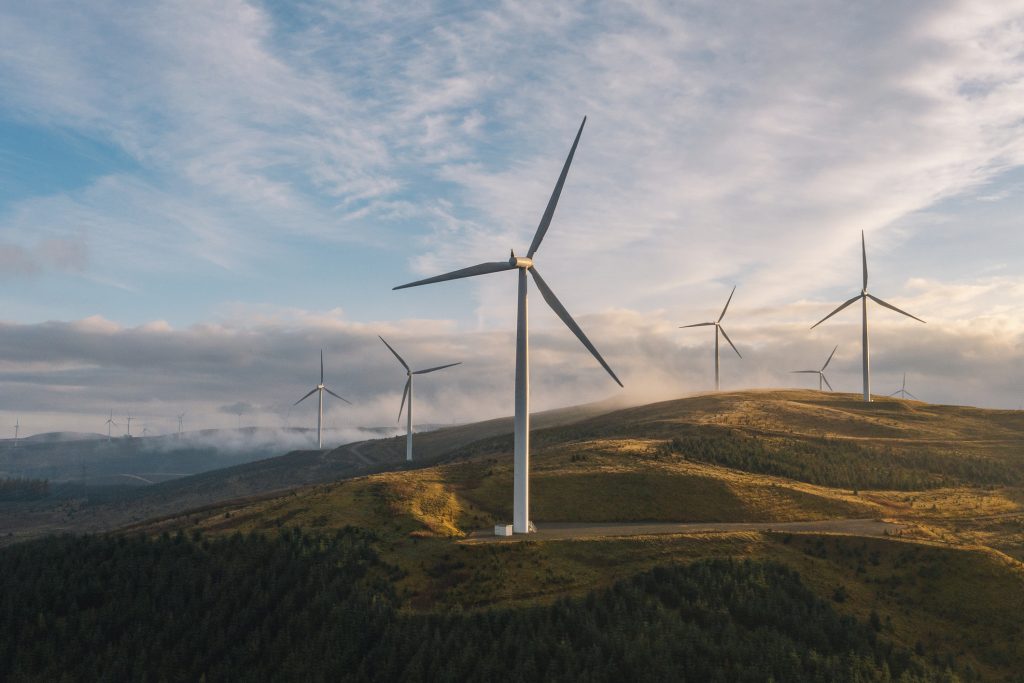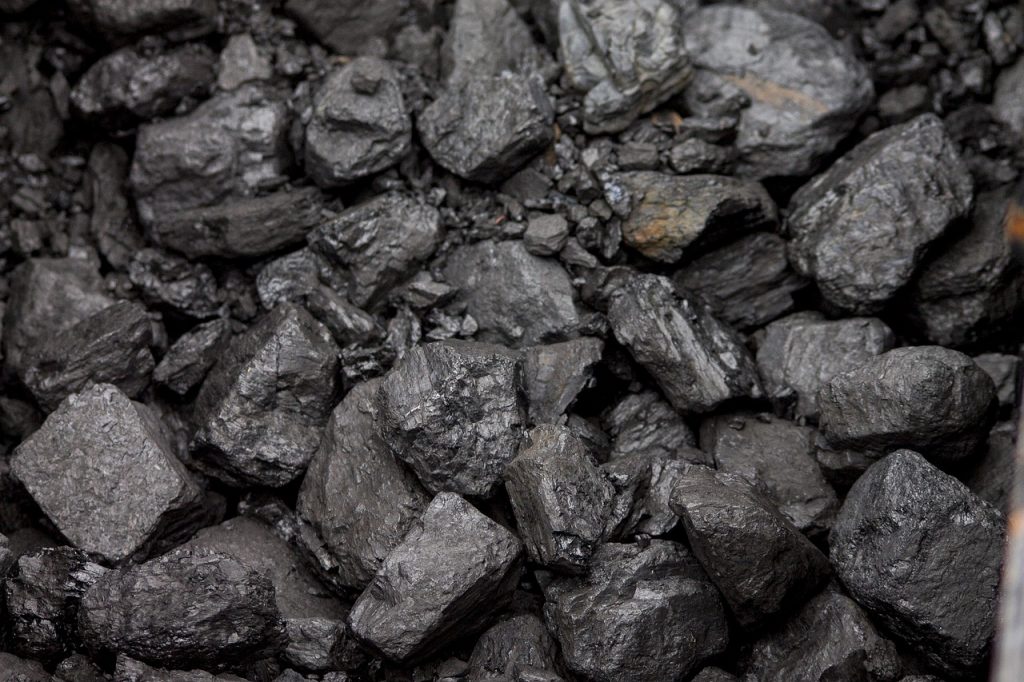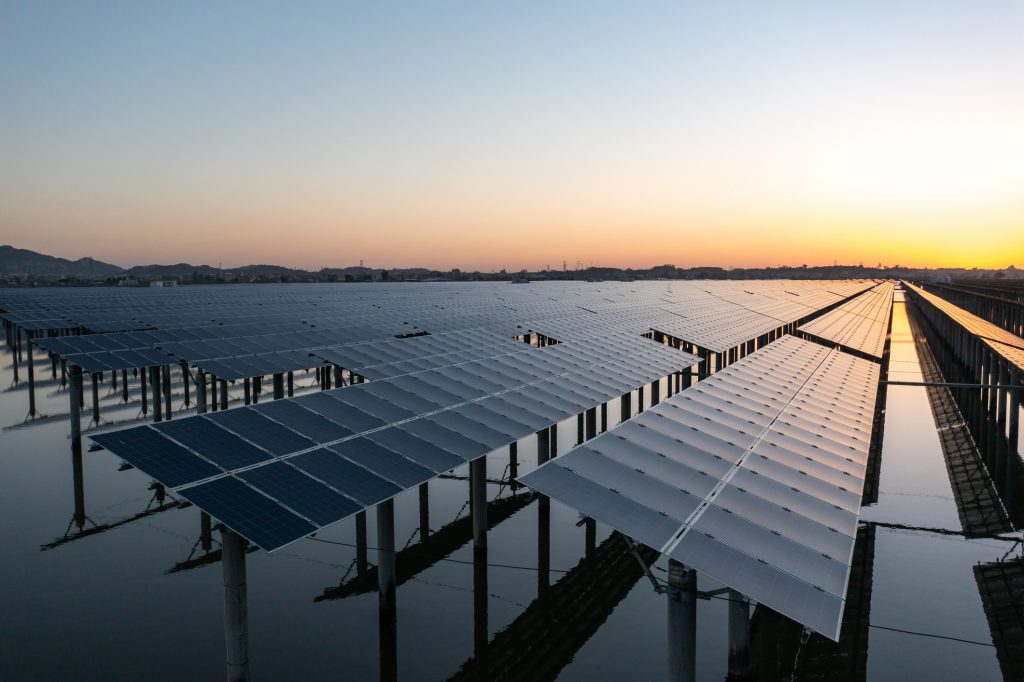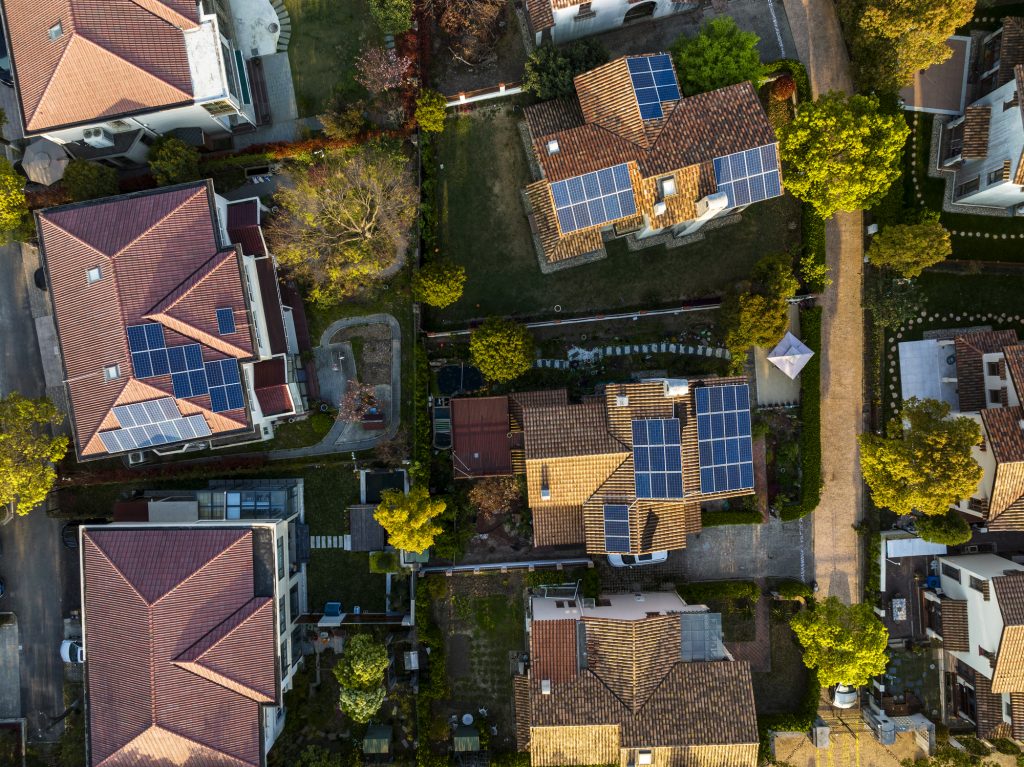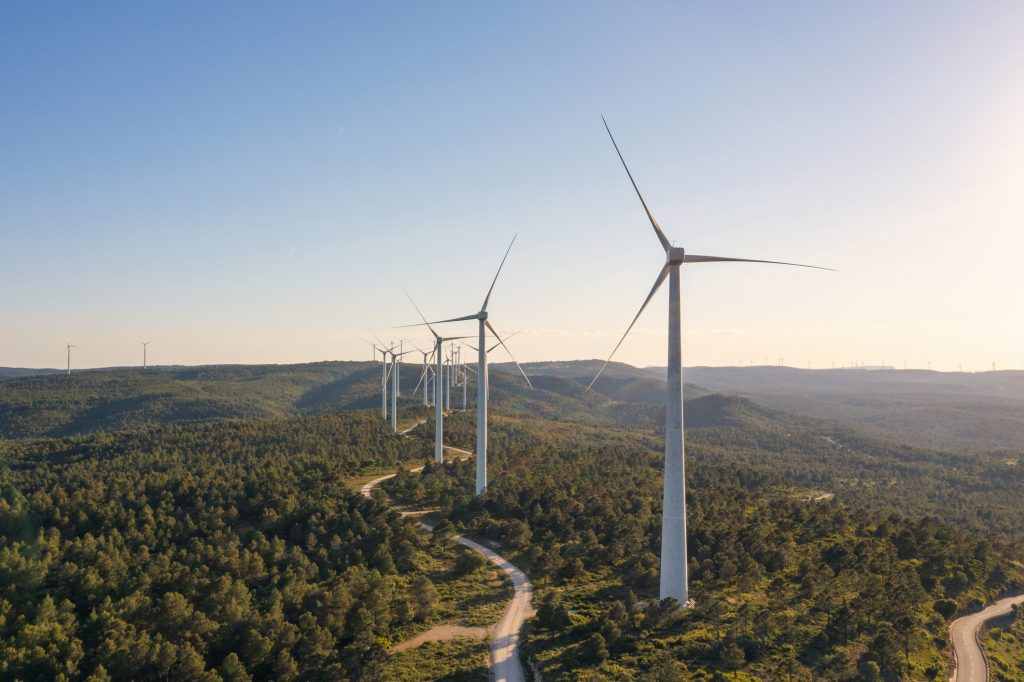Wind turbines do not produce any direct carbon dioxide emissions during operation, however, they do produce a variety of negative environmental impacts that merit attention.
Energy at a Glance: Coal Power
Energy at a Glance: Geothermal Power and the Environment
Electricity generated by geothermal energy does not produce significant carbon dioxide emissions. However, drilling and circulating deep well water does emit some carbon dioxide and methane.
Energy at a Glance: Biomass
Although it may make sense to get as much use out of timber scraps and garbage as possible, growing trees with the intent of using them strictly for densified biomass fuel
does not make sense over the short- or long-term.
Energy at a Glance: Geothermal Power Economics
Although the earth’s heat energy can’t be depleted by widespread geothermal energy production, individual geothermal reservoirs can lose heat energy over time, necessitating eventual re-drilling in a new formation, which adds to costs.
Energy at a Glance: Solar Power and the Environment
Any apples-to-apples comparison of solar energy to alternative sources of power must account for all environmental impacts, not just carbon dioxide emissions at the point of generation.
Energy at a Glance: Solar Power Reliability and Costs
Like other renewable technologies, solar benefits from government subsidies and state mandates. Such subsidies reduce the costs directly attributable to solar power generation relative to traditional sources of electricity because taxpayers foot the bill.
Energy at a Glance: Wind Costs and Generation
The reality is that wind power is intermittent because the wind does not blow constantly. Therefore, wind turbine power generation constantly varies and cannot be depended on to provide a consistent, reliable flow of electricity on demand.
Energy at a Glance: U.S. Liquefied Natural Gas (LNG)
Liquified natural gas, commonly called LNG, is primarily methane (CH4) cooled to a liquified form for transportation and storage.

